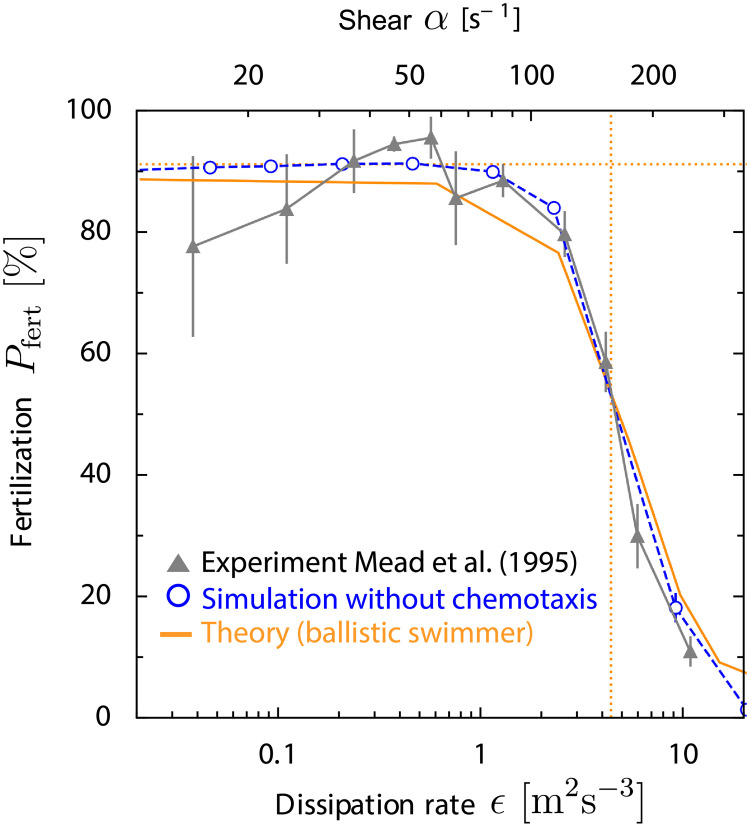Fig 4. Fertilization in strong flows and high egg density.
Previous measurements of fertilization probability Pfert(ϵ) for sea urchin S. purpuratus at strong turbulence, characterized by density-normalized dissipation rate ϵ (filled gray triangles) [25, 38] and our corresponding simulations Pfert(α) as function of shear rate α (open blue circles, mean ± SD) match well, using a single fit parameter a = 0.075 that relates dissipation rate ϵ and typical shear rate α (using the known relationship [24, 26]). Both simulation and experiment are well captured by a minimal theory of a ballistic swimmer in simple shear flow (red), see Sec A in S1 Text. Fertilization probability Pfert rapidly drops above a characteristic flow strength α > 100 s−1, which is consistent with a scale estimate α = 2πvh/(0.1regg) (vertical dotted line). At these high shear rates, active swimming becomes negligible compared to convection. The case of low shear rates is well described by the limit case of a ballistic swimmer in the absence of flow α = 0 s−1 (dotted horizontal line, Eq (5) with Psperm:egg(t) = 1 − exp(−qt) and rate ). The fertilizability pf = 10% is obtained from an independent experiment [25], see Fig B in S1 Text. From the experimental protocol, we estimate a high background concentration cbg = 500 − 4000 nM of chemoattractant, which renders sperm chemotaxis ineffective. Corresponding results for simulations with co-rotation are shown in Fig C in S1 Text.

